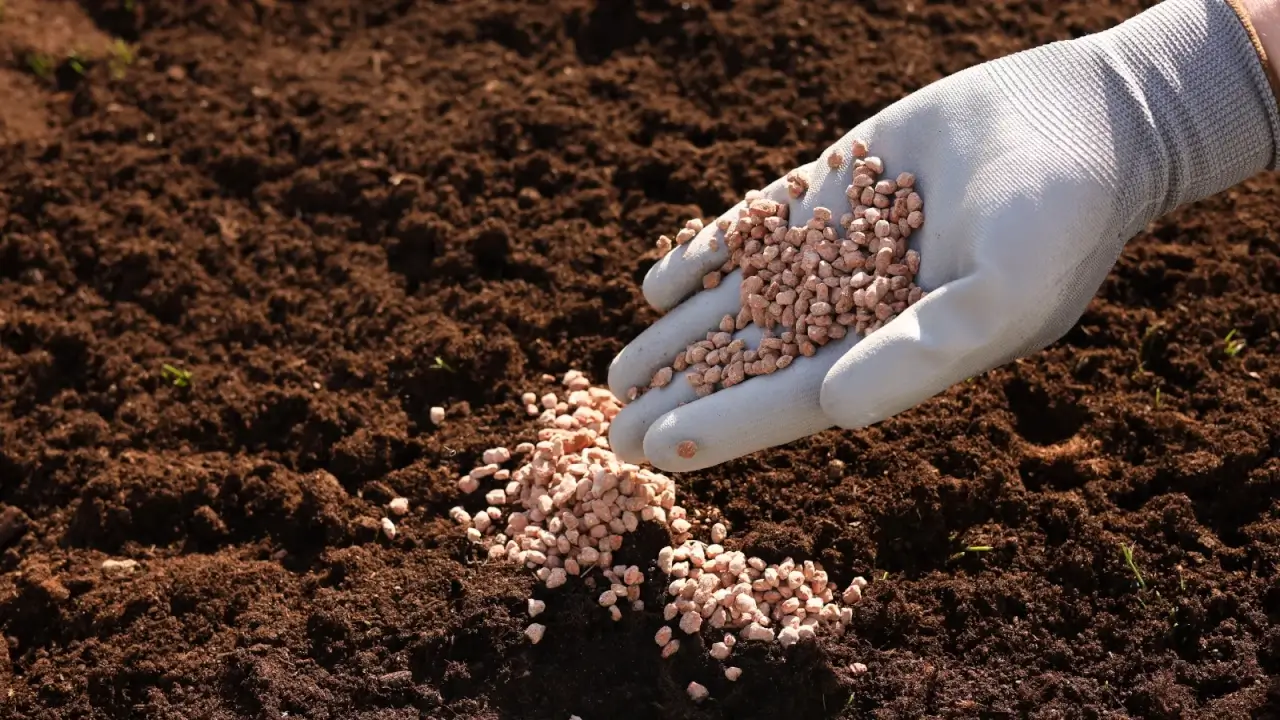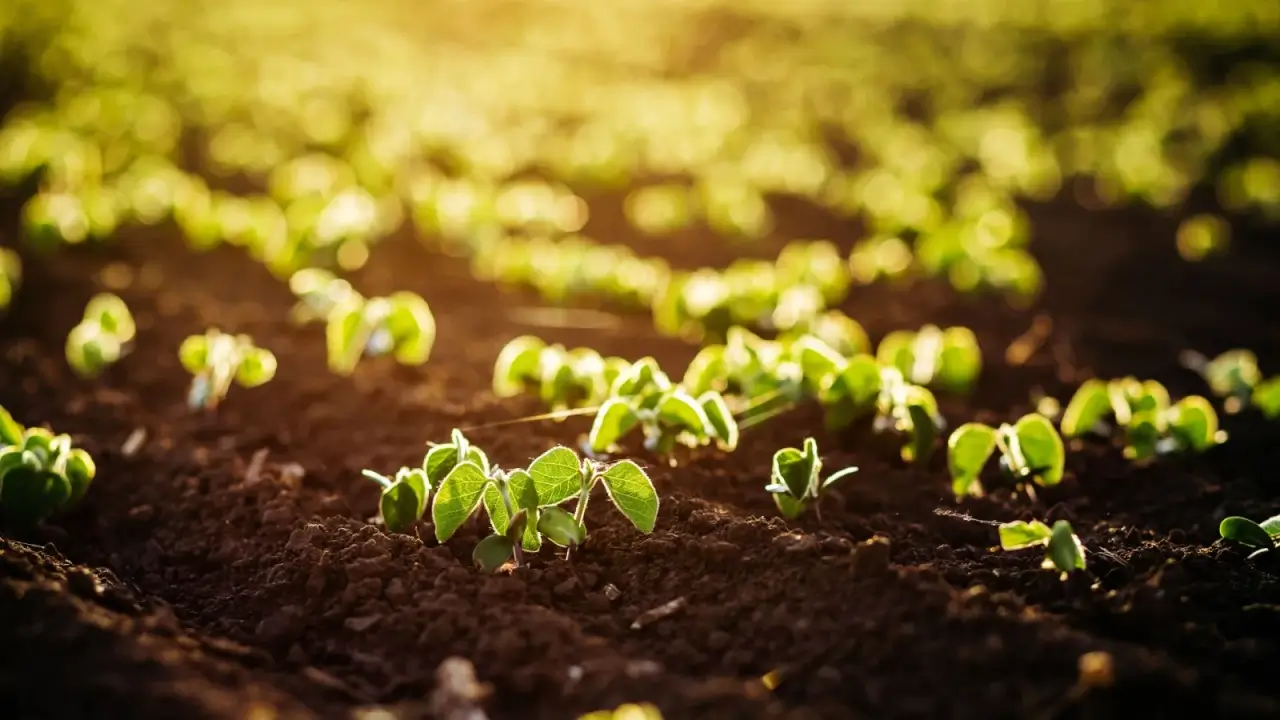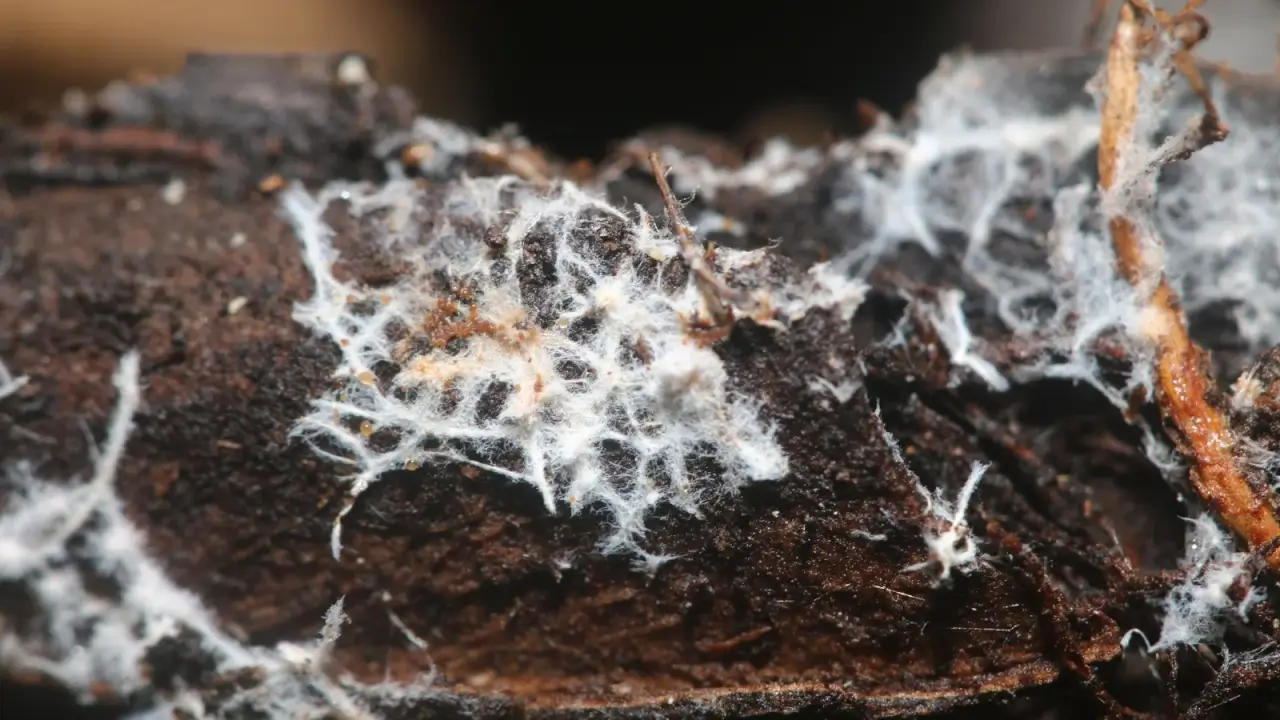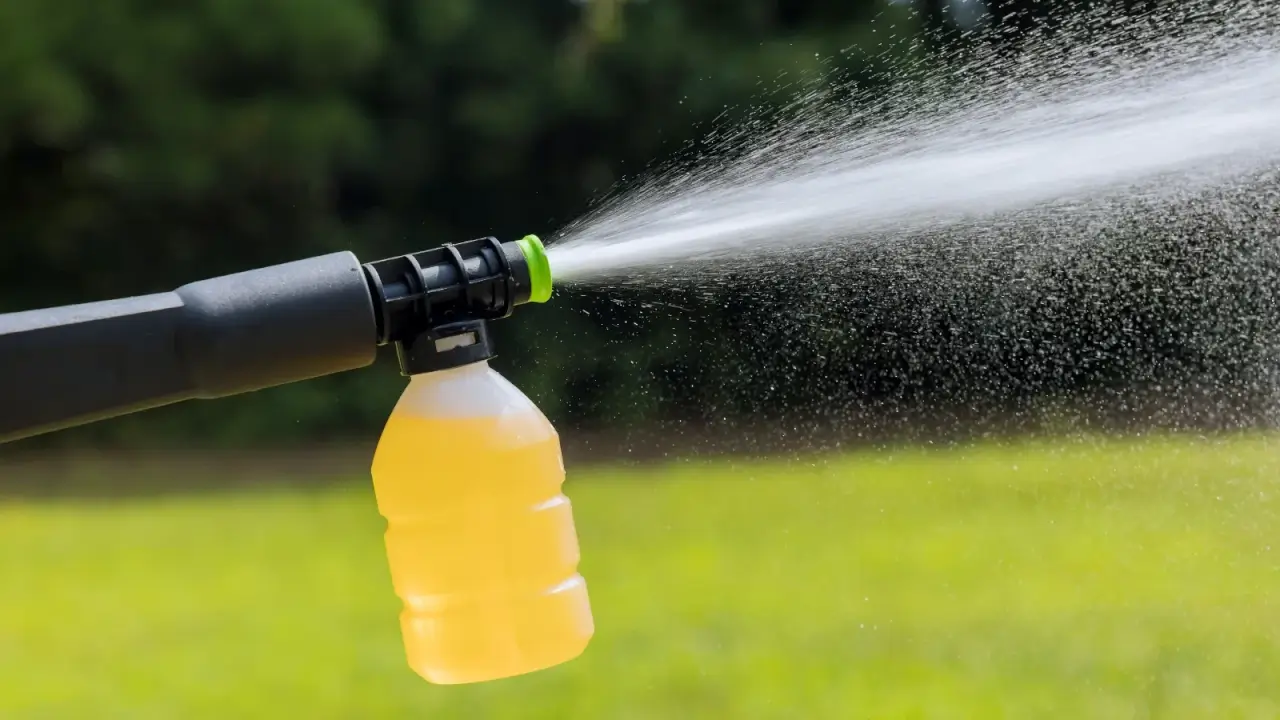Have you heard of using cricket shells to improve crop yields? If so, you’ve heard of biostimulants. These natural materials, designed to nurture plant health, have become more popular recently, leaving growers wondering what the fuss is about.
The truth about biostimulants is that they have shown promise, but they don’t have the same reputation that fertilizers do. When it comes to biostimulants vs. fertilizers, understanding the crossover and divergences is important.
It’s also important to understand which makes the most sense for your farm. Some are widely available and in heavy use, while others aren’t due to their lack of renewability. This should give regenerative farmers a tip off, as they focus more on renewable resources.
What are Biostimulants?
Currently, there is some debate about what biostimulants actually are. The best definition we have comes from the European Biostimulants Industry Council, which defines them as organisms that stimulate the natural processes of plants. These processes include:
- Nutrient uptake
- Nutrient use
- Tolerance to stressors
There are multiple categories of biostimulants. Most farmers already know about humic and fulvic acids, which come from the decomposition process of various natural materials. Seaweed extracts, manure teas, and beneficial bacteria and fungi are other commonly used biostimulants.
When used effectively, biostimulants improve root growth, soil water-holding capacity, and microbial activity. Their function is to speed up natural plant processes, sometimes in conjunction with fertilizers. But if you measure up biostimulants vs. fertilizers, there are trade-offs.
What Are Fertilizers?

Fertilizers are heavily used among large-scale farming operations and in home gardens. Most growers are familiar with them and have reliable products they use on a regular basis. Fertilizers are either organic or synthetic formulations designed to improve the presence of various nutrients in soil.
They are meant to increase levels of macronutrients (nitrogen, phosphorus, and potassium, or NPK), minor nutrients (calcium, magnesium, and sulfur), and micronutrients (boron, copper, manganese, iron, zinc, chlorine, and cobalt). Organic formulations are made from natural sources, and synthetic ones are synthesized and combined.
Differences

One key difference in the biostimulants vs. fertilizers debate is the question of reliability. Fertilizers have been on the market and in use for much longer. This gives growers confidence in their reliability.
Synthetic fertilizers have the benefit of studies on their impacts, which adds credence to their reliable nature. Biostimulants do not have the same track record, or even the same measurements that farmers can rely on. While there are biostimulant products on the market, they need more research to have definitive data on their effectiveness.
Their function is different as well. Fertilizers feed nutrients to soil, which are ideally available for absorption by plants. Biostimulants simply trigger normal plant processes that improve crop health. They help plants use nutrients already present in the soil in a more efficient way.
Using Biostimulants

Fertilizers and biostimulants are not in contradiction to one another. Even though the discussion is often framed as biostimulants vs. fertilizers, it’s recommended to use them in conjunction. Though there are no regulations for biostimulants, it’s likely they will be regulated in the future as studies on them become more common.
However, current studies suggest biostimulants reduce the need for fertilizers, which can save farmers some energy in the peak growing seasons.
Humic and Fulvic Acids

If you know what humus is, you already have a good understanding of what humic and fulvic acids are. At their most basic, these are decomposed organic materials. They are broken down plant, animal and microbial residues.
Non-renewable types include peat and volcanic soils (among others), whereas renewables include different types of compost. These acids increase plants’ abilities to efficiently use nutrients and develop lateral roots.
Seaweed Extracts

Most organic farmers are probably familiar with seaweed extracts. These extractions of brown seaweeds promote higher water retention and aeration in soil. They contain compounds that assist plants in building stronger amino acid chains that promote better yields.
Typically, farmers use these extracts as foliar feeds or apply them directly to the soil for the above purposes.
Beneficial Fungi and Bacteria

Both beneficial bacteria and fungi are living organisms meant to improve the relationships plants have with soil nutrients and organisms. These are applied to soils in liquid form and increase nutrient and moisture intake. They reduce the proliferation of disadvantageous fungi and bacteria as well.
Rhizobia and mycorrhizae are the most common of the fungal biostimulants you’ll see on the market. These are particularly useful for fixing nitrogen in soil and transporting nutrients more easily to plant tissue at the root level. A number of other developments in this category are currently underway.
Trichoderma are a fungal agent used to reinforce plants in the face of pathogens. These are what are known as biopesticides, which parasitize other fungi that cause root-level diseases.
Silicon

This biostimulant is used solely in monocot crops, which include grasses, grains, yams, bananas, and more. The greatest benefit of silicon usage is that it is the most widely occurring element in the Earth’s crust. In its raw form, it’s highly bioavailable and easily absorbed by plants.
It increases the photosynthetic process and promotes more efficient plant processes overall.
Chitosan

A soluble form of chitin, chitosan derives from the shells of crustaceans, insect exoskeletons, fungal cell walls, and nematode egg shells. Both forms reinforce plant resistance to diseases and reduce transpiration that causes plants to rot and decay.
Farmers can now find interesting products made from cricket shells, crawfish claws, and more to boost plant health.
Plants Need a Little Vigor? How to Choose a Good Fertilizer
Think of them as vitamins for plants.
The post Biostimulants vs. Fertilizers: Key Differences and Impacts on Crop Growth appeared first on Modern Farmer.



